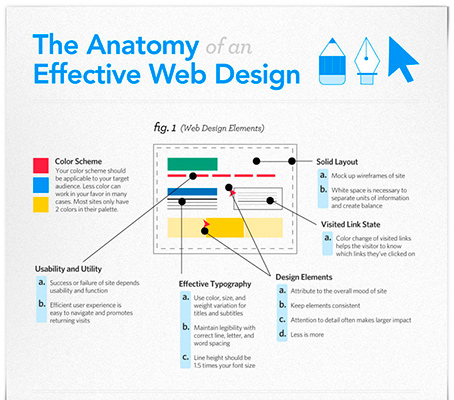Fascinated In Finding Out How Site Design Has Progressed? Take A Journey Through The Makeover
Fascinated In Finding Out How Site Design Has Progressed? Take A Journey Through The Makeover
Blog Article
Author-Thorsen Stender
In the past, web sites were straightforward and concentrated on information. Navigation was straight, and design was for desktops. Currently, user experience is key. Information guides layouts for very easy navigating. Receptive designs suit different tools. Today, dark setting decreases strain, and minimalist food selections enhance navigating. Interactive functions involve users, and strong visuals stand apart. AI integration enhances interaction. See exactly how just click the following webpage has evolved to enhance your online trip.
Very Early Days of Web Design
In the early days of website design, simpleness preponderated. Internet sites were standard, with restricted shades, fonts, and formats. The emphasis was on offering details as opposed to flashy visuals. Customers accessed the net with slow-moving dial-up links, so speed and functionality were crucial.
Navigation menus were straightforward, typically situated at the top or side of the page. Internet sites were developed for desktop, as mobile surfing wasn't yet widespread. Web content was king, and designers focused on simple readability over intricate style elements.
HTML was the key coding language made use of, and developers needed to function within its restraints. Computer animations and interactive functions were minimal compared to today's standards. Internet sites were static, with little dynamic web content or personalized user experiences.
Rise of User-Focused Layout
With the development of site design, a change towards user-focused design principles has come to be increasingly popular. Today, developing sites that focus on user experience is crucial for involving site visitors and attaining business goals. User-focused design entails recognizing the needs, preferences, and actions of your target market to tailor the site's design, web content, and includes accordingly.
Designers currently conduct thorough research, such as customer studies and usability testing, to gather understandings and comments straight from individuals. This data-driven approach helps in developing intuitive navigating, clear calls-to-action, and aesthetically enticing user interfaces that reverberate with site visitors. By https://www.htmlgoodies.com/seo/what-is-technical-seo/ at the facility of the layout procedure, sites can provide an extra tailored and satisfying experience.
Receptive style has likewise emerged as a vital aspect of user-focused design, ensuring that websites are enhanced for numerous tools and display sizes. This flexibility improves availability and usability, dealing with the varied means individuals engage with sites today. Essentially, the surge of user-focused layout symbolizes a change in the direction of developing electronic experiences that prioritize the demands and assumptions of the end user.
Modern Trends in Web Design
Explore the most recent trends forming web design today. One prominent trend is dark setting layout, using a streamlined and modern-day appearance while decreasing eye strain in low-light atmospheres. One more key trend is minimal navigation, streamlining menus and boosting customer experience by concentrating on essential elements. Including micro-interactions, such as animated buttons or scrolling results, can develop a more interesting and interactive site. Responsive layout stays crucial, making certain smooth individual experiences across different tools. In addition, using bold typography and asymmetrical designs can add visual rate of interest and accentuate specific content.
Integrating AI modern technology, like chatbots for client support or tailored recommendations, enhances individual interaction and improves processes. Access has also become a substantial pattern, with designers prioritizing comprehensive style techniques to accommodate varied individual requirements. Embracing sustainability by maximizing website efficiency for speed and efficiency is one more emerging fad in web design. Working together with customer comments and information analytics to repeat and improve style continuously is essential for remaining relevant in the ever-evolving digital landscape. By welcoming these modern-day patterns, you can create a visually attractive, user-friendly site that reverberates with your target market.
Final thought
As you reflect on the development of web site style from the early days to currently, you can see just how user-focused style has actually come to be the driving force behind modern-day trends.
Embrace the trip of modification and adaptation in web design, always keeping the user experience at the leading edge.
Tippingpointdigital
Keep existing with the current trends and innovations, and never stop progressing your strategy to produce visually magnificent and user-friendly internet sites.
Advance, adjust, and create - the future of web design remains in your hands.
